Helsinki and Turku, August 16
St. Peter Line Ferry Arrival in Helsinki
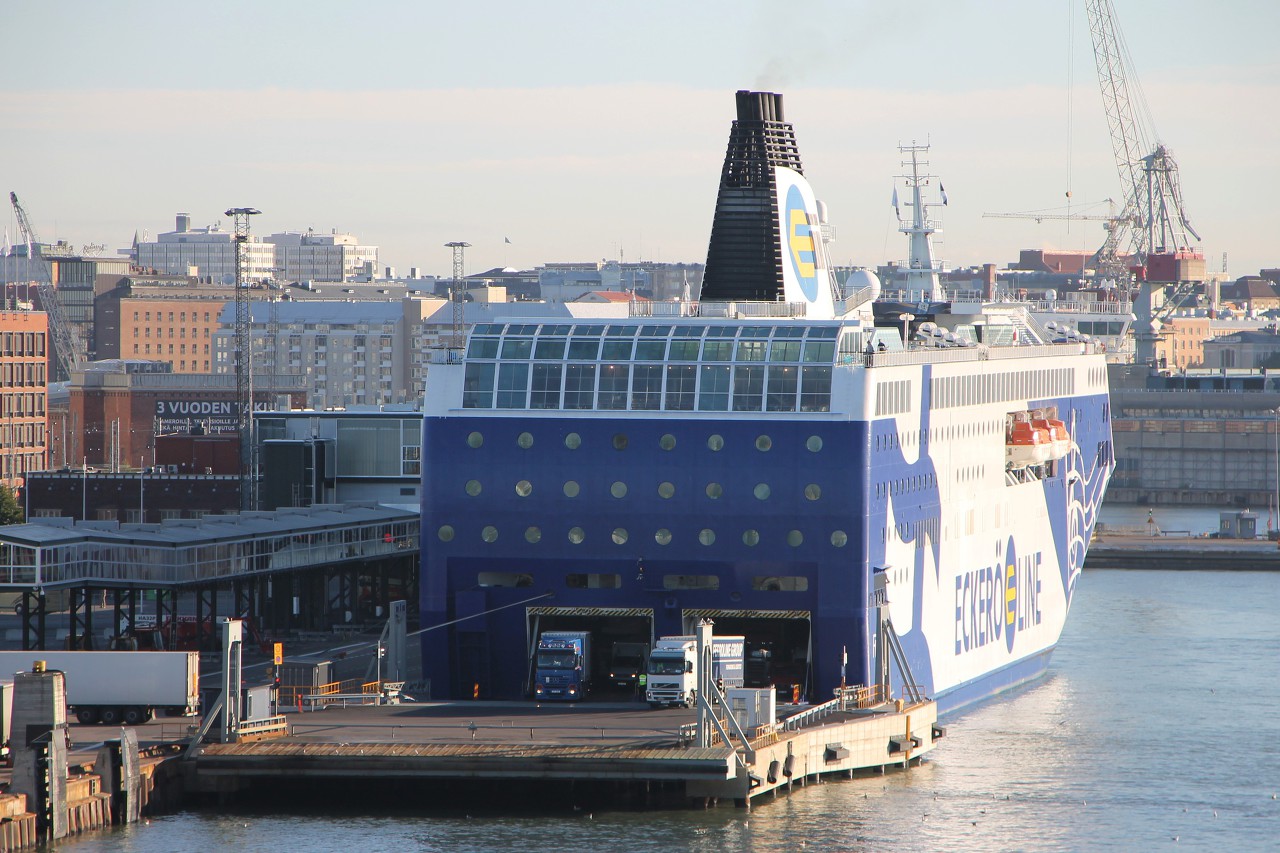
Our cruise is coming to an end. On the left side of the ferry, you can
see Lauttasaari Island, which is already one of the residential areas of
Helsinki. Lauttasaari means "ferry island", got its name at a time when
it was possible to get here only by ferry...read more 
Monument to Jan Sibelius
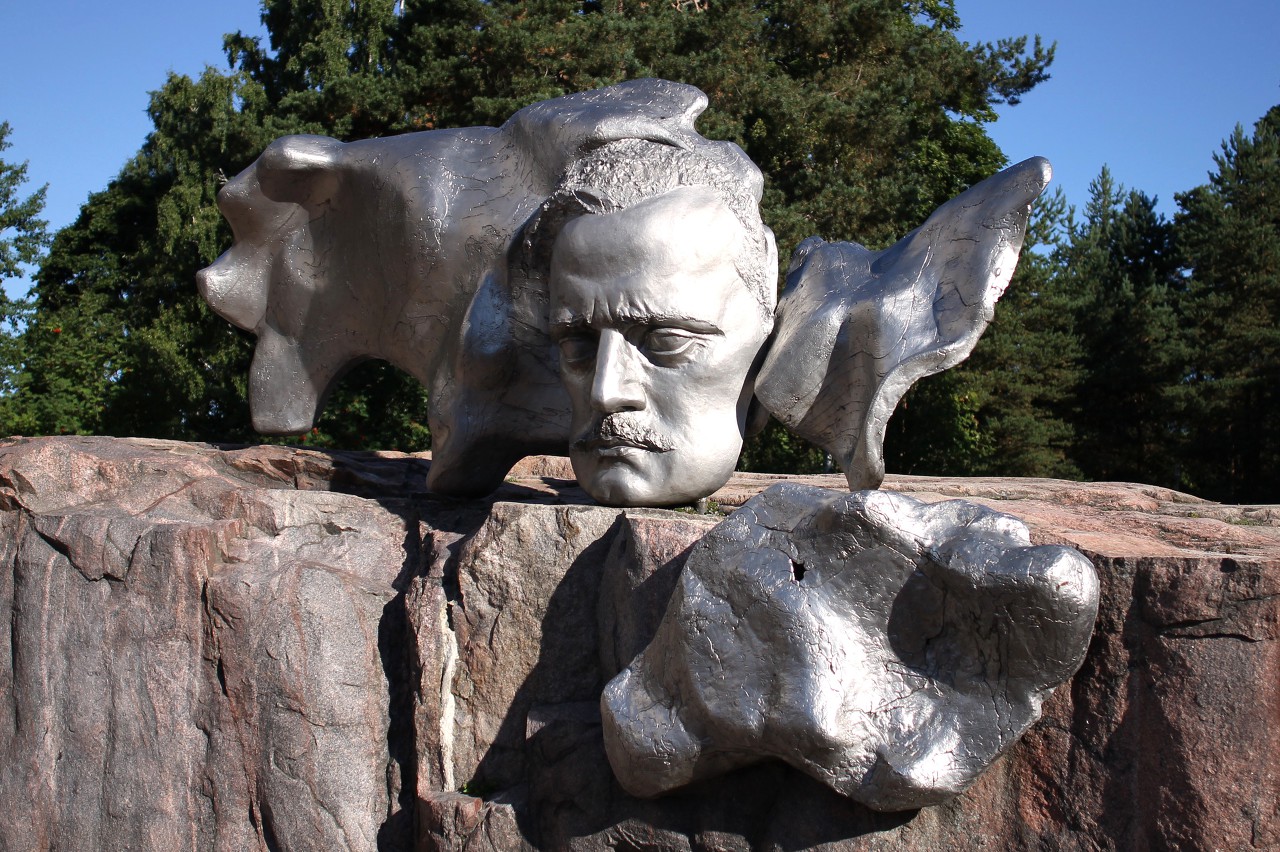
In a standard sightseeing tour of Helsinki, tourists are usually taken
first to Sibelius Park in the district of Taka-Töölö. Here is the most
famous sculpture of Finland - Sibelius-monumentti...read more 
Lutheran Street (Lutherinkatu)
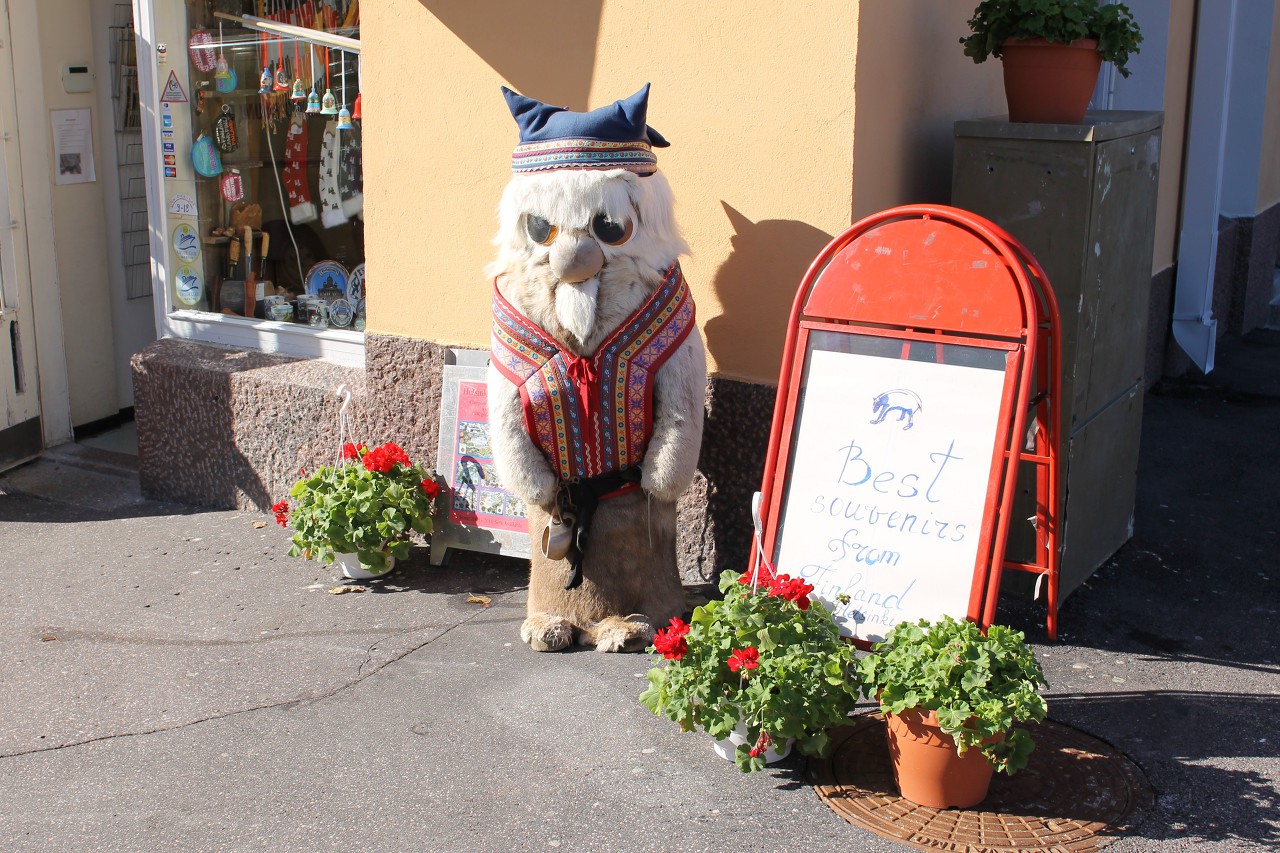
After the Sibelius monument, tourists are usually taken to the Church in
the Rock (Temppeliaukion kirkko), located on Lutherinkatu (Lutheran
Street). So it was this time. It was early in the morning, the church
was still closed, but people were already crowding at the entrance to
take a look at the unique structure. While waiting, some tourists climb
the "walls" of the church, which are an ordinary natural rock...read more 
Temppeliaukion kirkko (Church in rock)
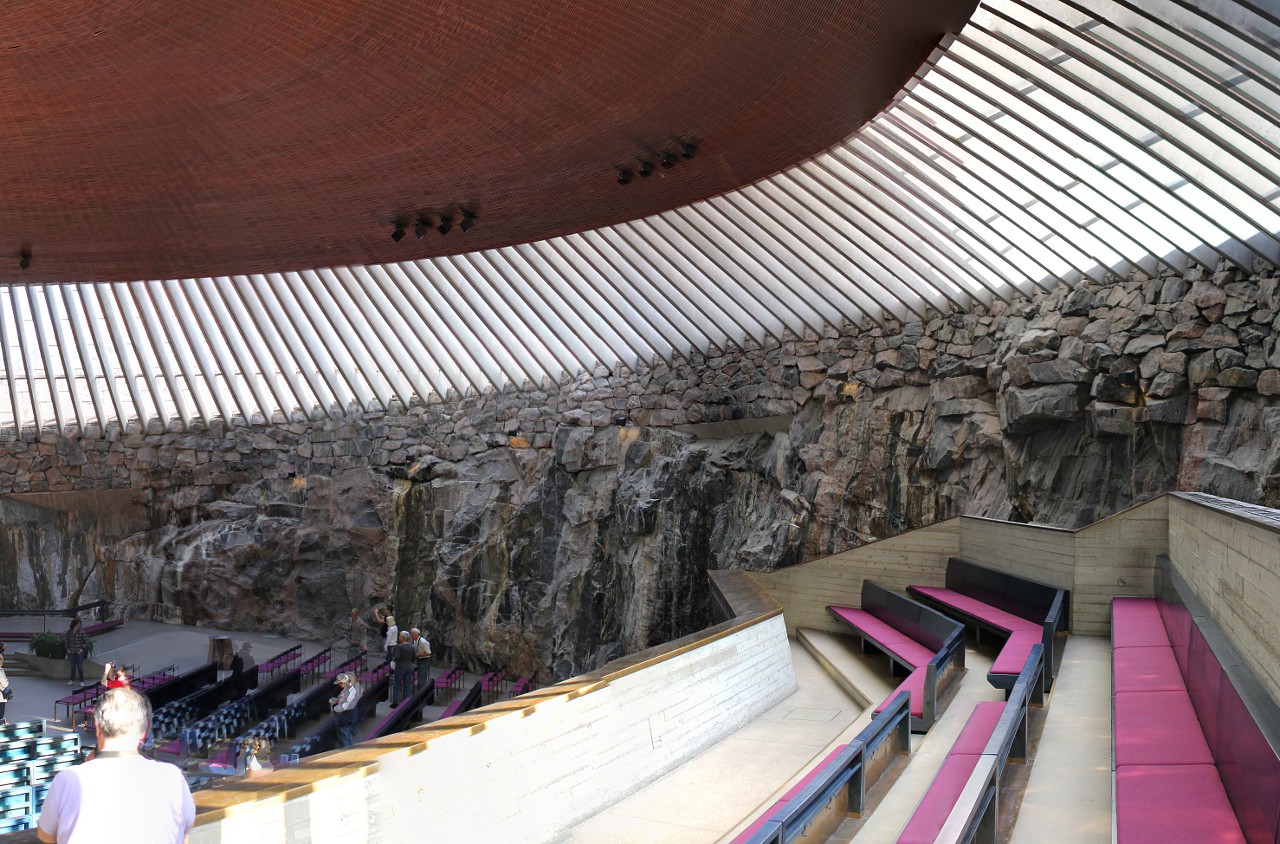
The Lutheran Church Temppeliaukion kirkko ("Church in the rock") is
probably the most unusual object in the capital of Finland and a place
for tourists to visit. The church is located in the Teele district,
about a kilometer from the Central Station, from where you can walk
along Arkadiankatu in 10-15 minutes, then along Fredrikinkatu...read more 
Sammonpuistikko Garden, Helsinki
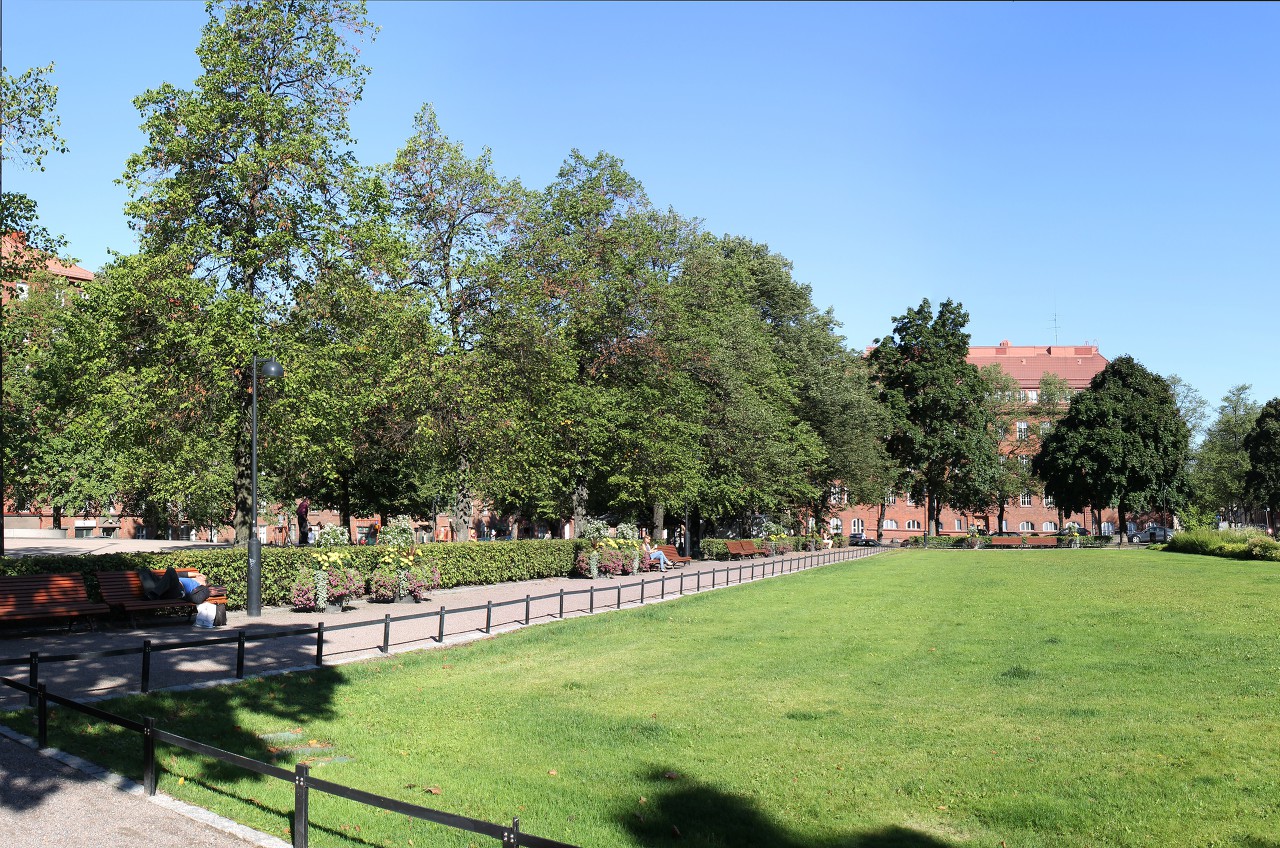
A hundred meters to the west of the Temppeliaukio Church is a cozy
Sammon Square (Sammonpuistikko). This place does not belong to tourist
sites, but buses stop here, bringing tourists to the Rock Church, so do
not miss the opportunity to walk around the typical non-tourist Helsinki...read more 
Helsinki School of Economics Bas-reliefs
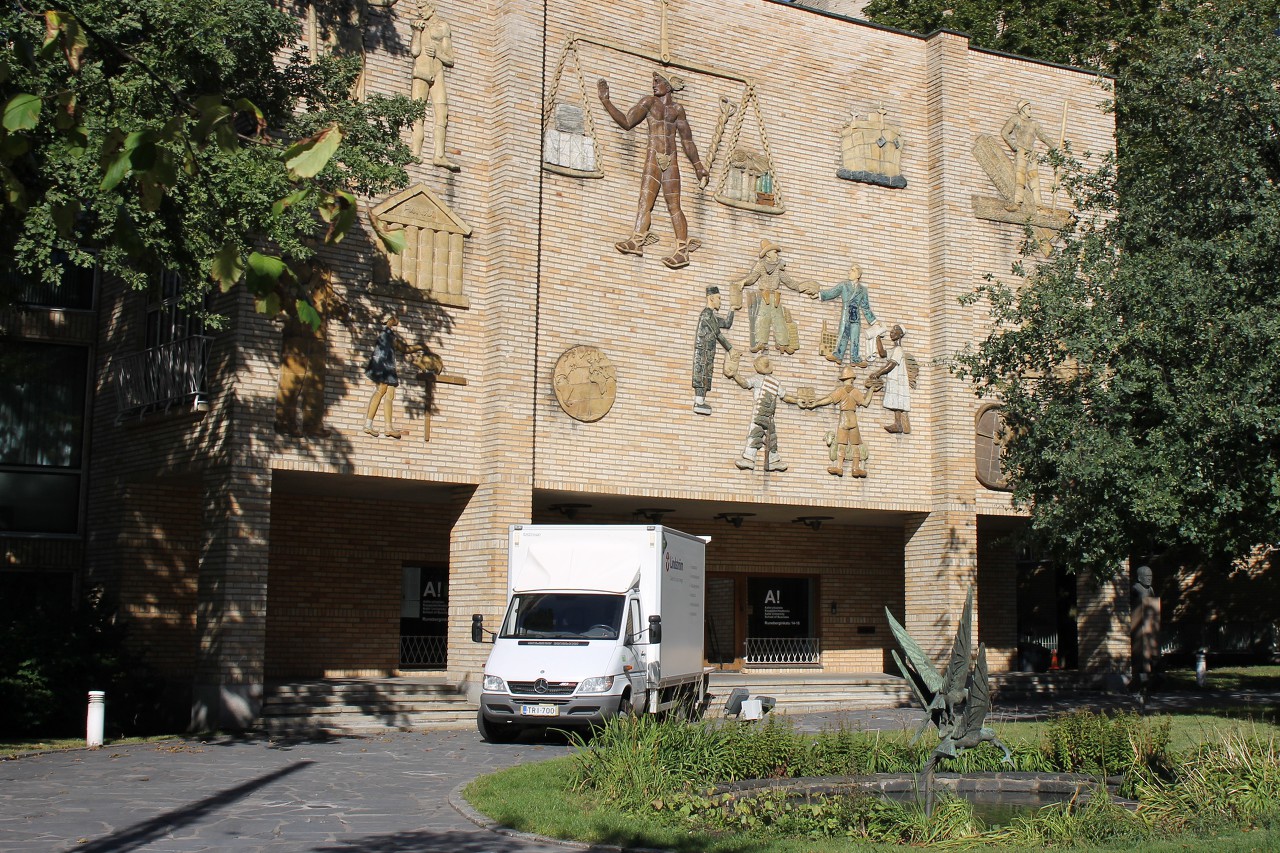
From the south, Sammonpuistikko Park borders the complex of buildings of
the School of Economics (Aalto-yliopiston kauppakorkeakoulu) and if you
have a minute of free time, I recommend looking at it. The school was
opened in 1904 and received the status of a university in 1911...read more 
Senate Square
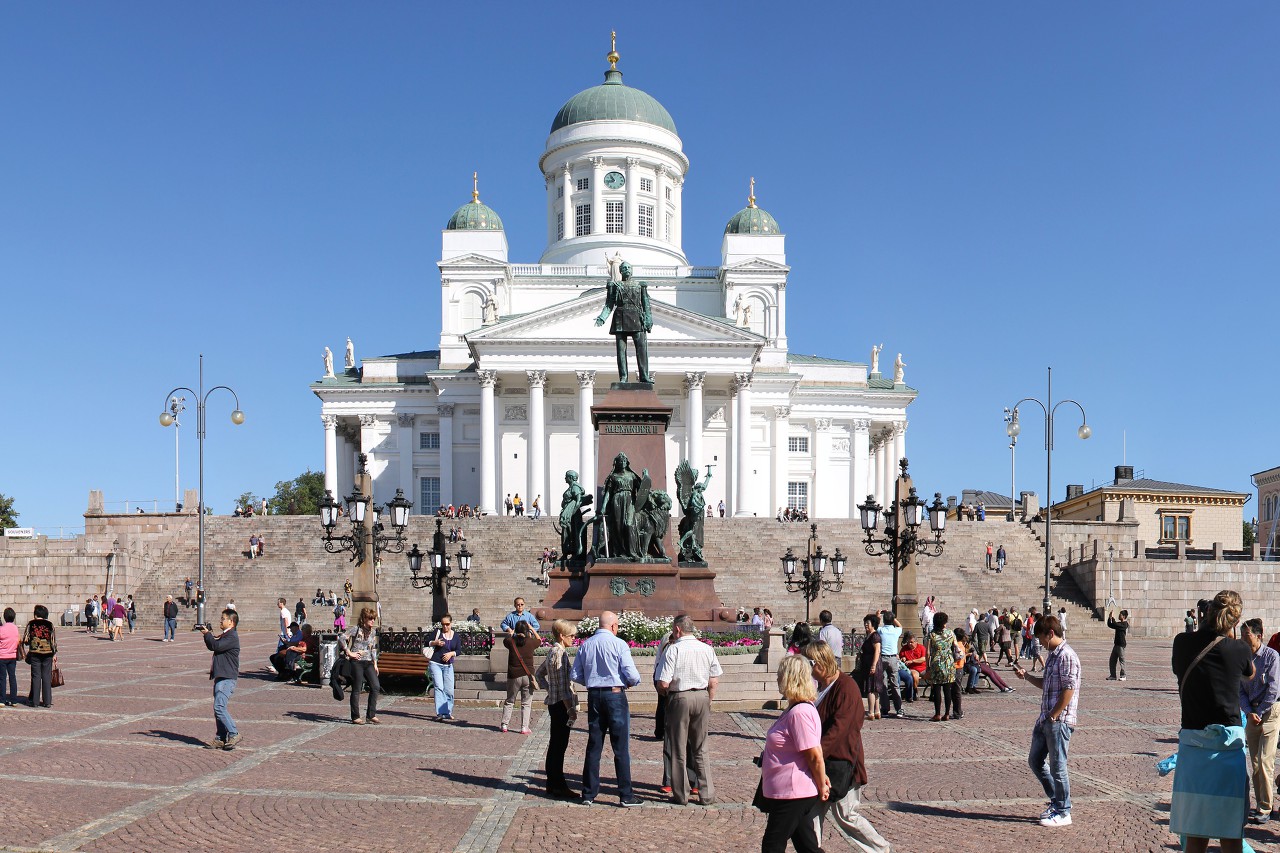
The Senate Square (Senaatintori) and the surrounding buildings are the
center and the oldest part of the city. In the 17th and 18th centuries,
there was a church of St. Eleanor and a cemetery here. In 1812, the
capital of the Grand Duchy of Finland was moved from Turku to Helsinki
(at that time Helsingfors), and this place was chosen for the
construction of the main state institutions...read more 
Monument to Russian Emperor Alexander II
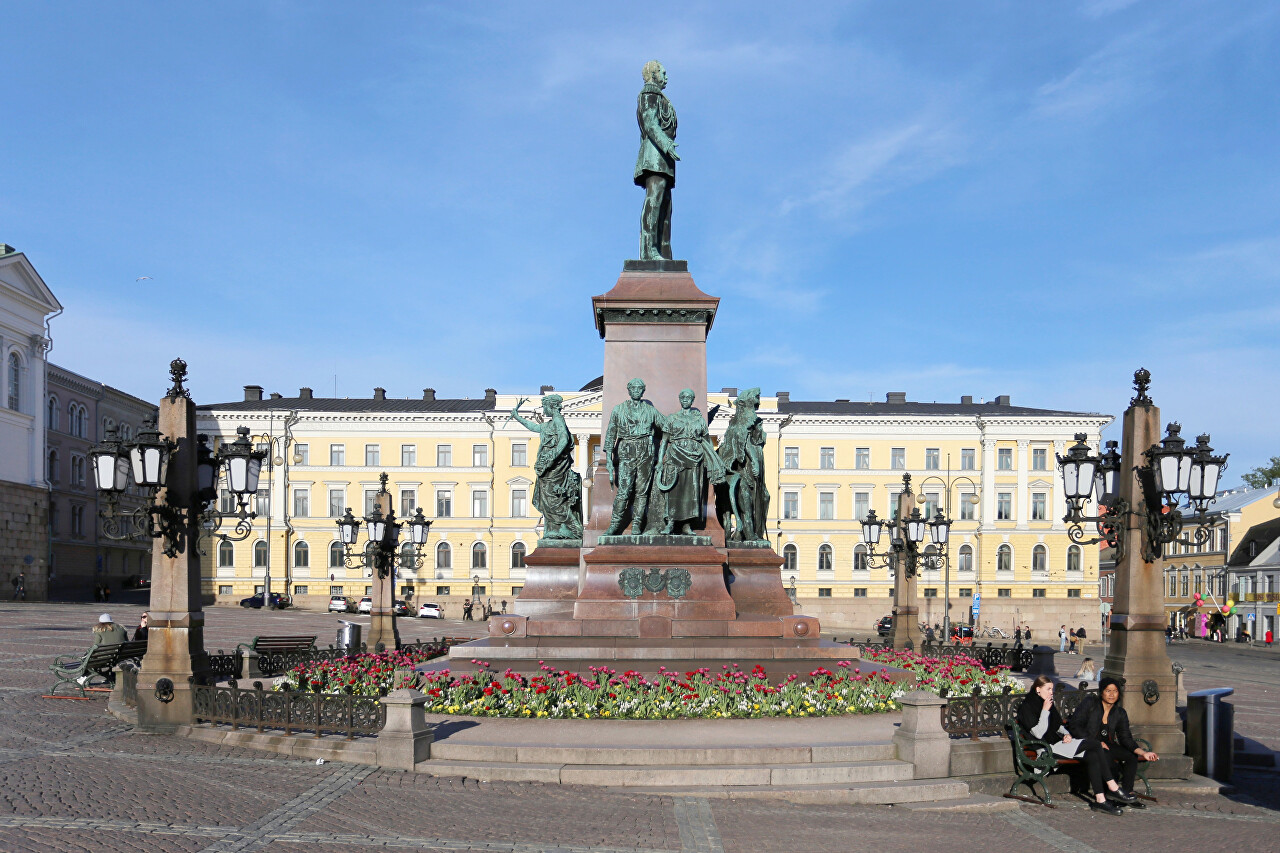
Since the middle Ages, Finland has been the province of the Kingdom of
Sweden, however, it had its own governing body - the National Assembly
(Eduskunta), in the Swedish Rikstag there were deputies representing the
interests of the Finnish population...read more 
Helsinki Cathedral
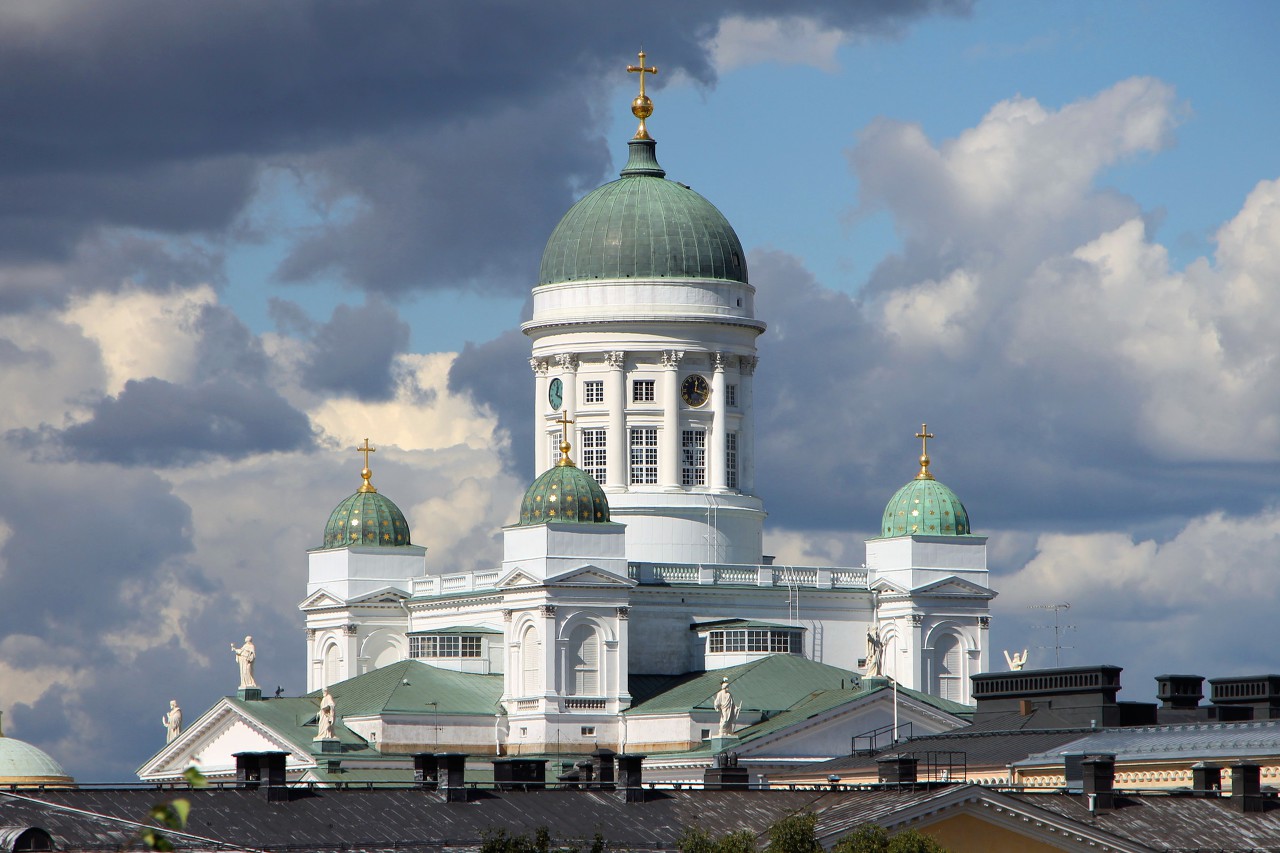
The dominant urban landscape and symbol of the city is Helsingin
tuomiokirkko, the main church of the Helsinki Diocese of the Evangelical
Lutheran Church of Finland...read more 
National Bank of Finland
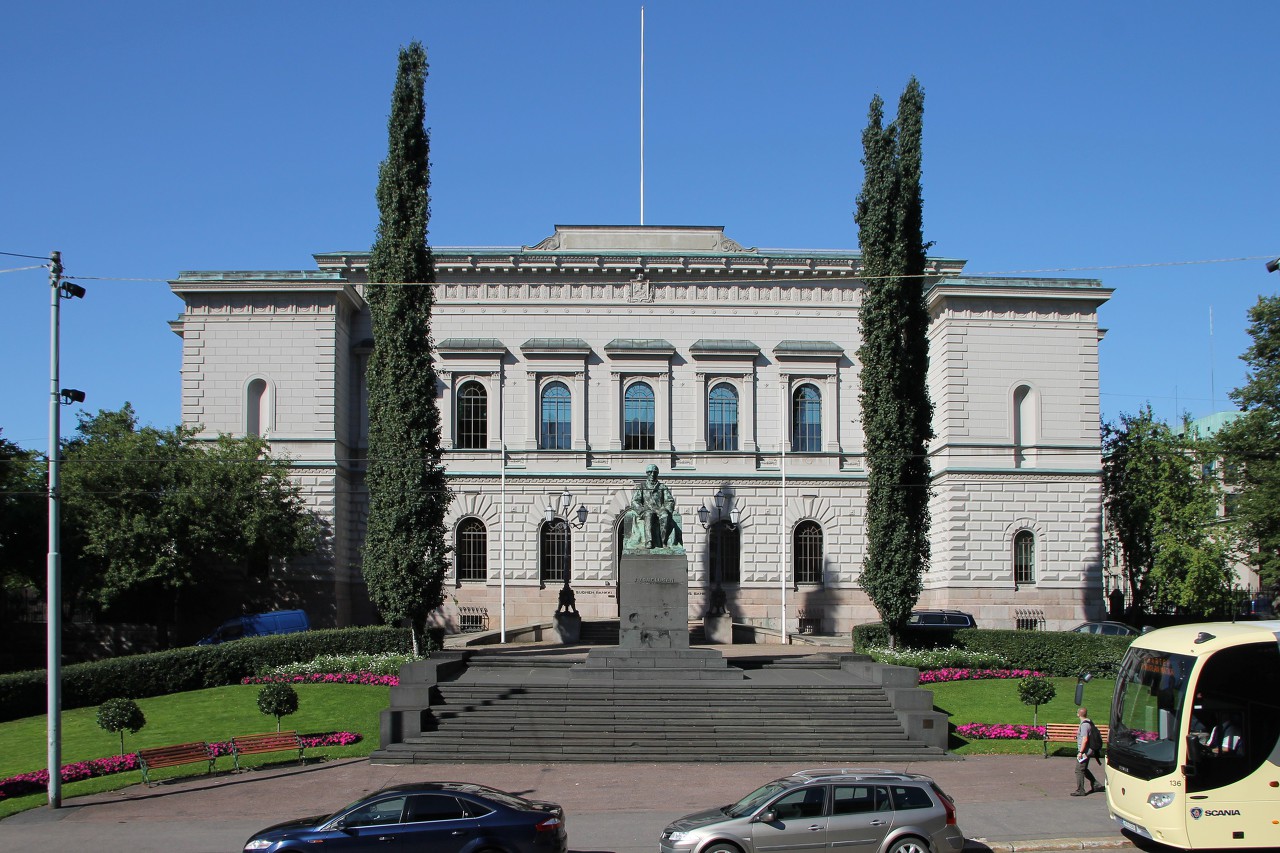
The sightseeing tour of the main attractions ended at the Senate Square,
before leaving for Turku, I had four hours of free time, and I went for
a walk around the Kruununhaka district. A block from the Cathedral, I
found myself on Snelmaninkatu Square, where the main building of the
Bank of Finland (Suomen Pankki) is located...read more 
House of Estates (Säätytalo)
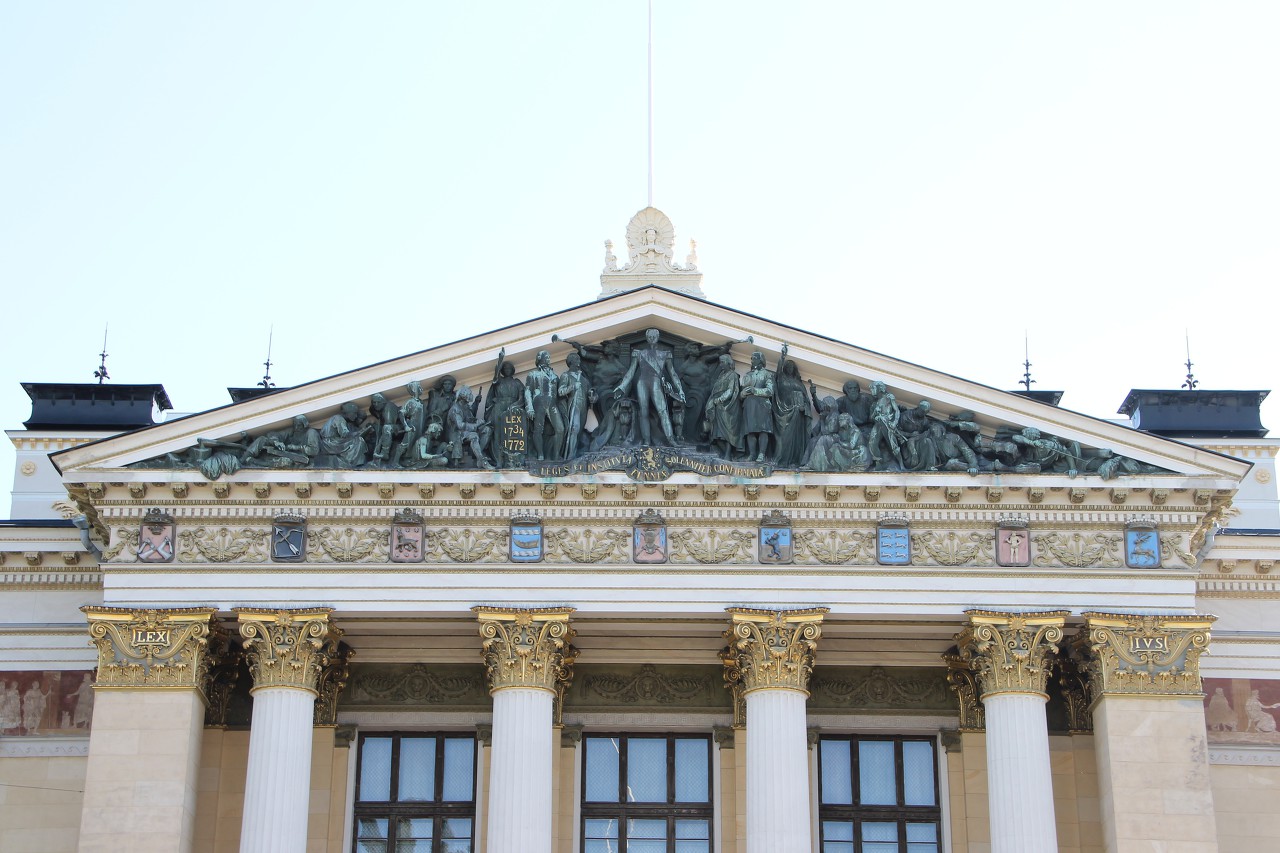
Opposite the Snelman Square and the Bank of Finland is the House of
Estates (Säätytalo). The building was built in 1891 according to the
project of Gustaf Nyström...read more 
Halkolaituri Sailing Pier
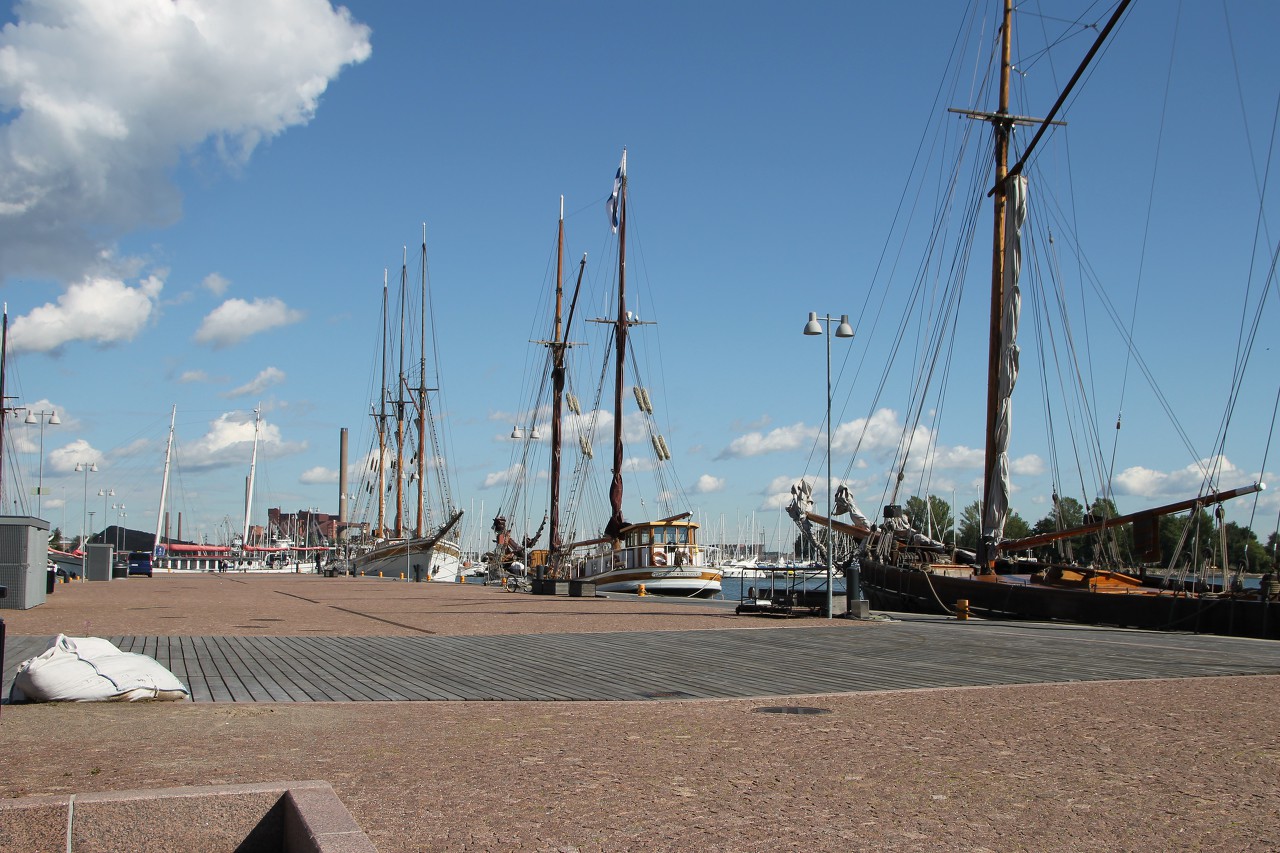
After walking a couple of blocks down the Kyrkkugatan from the Estates
House, you can reach the Pohjoisranta embankment, just opposite the
Halkolaituri Sailing Pier. The wooden pier was built in 1889-1891 and
stretches along the embankment for more than 200 meters...read more 
Pohjoisranta Embankment
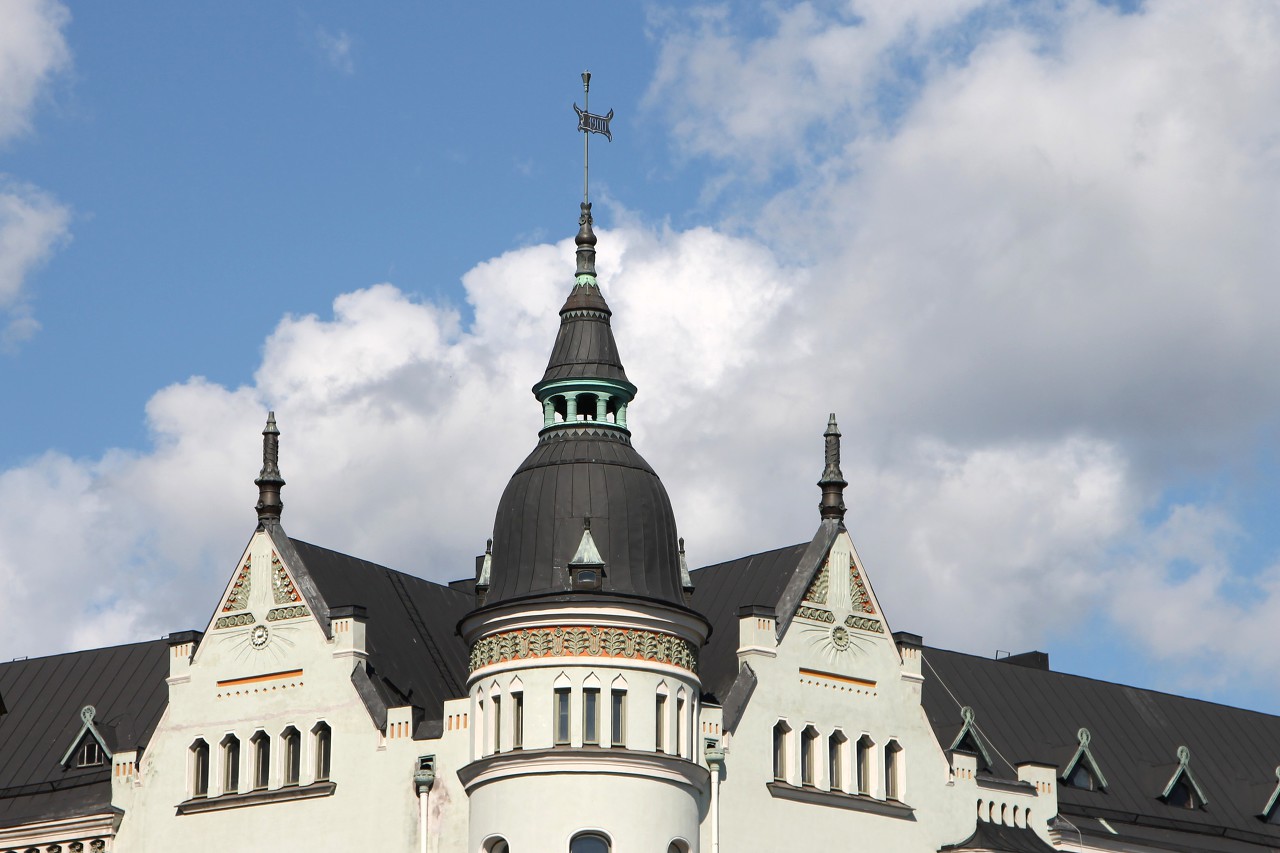
From the Halkolaituri sailing pier, you can enjoy a wonderful view of
the Pohjoisranta embankment, which means Northern Embankment in Finnish.
Since the 17th century, there was a seaport here, now it is a
prestigious residential area and the sea facade of Helsinki, built up at
the turn of the 19th and 20th centuries...read more 
Uspenski Cathedral
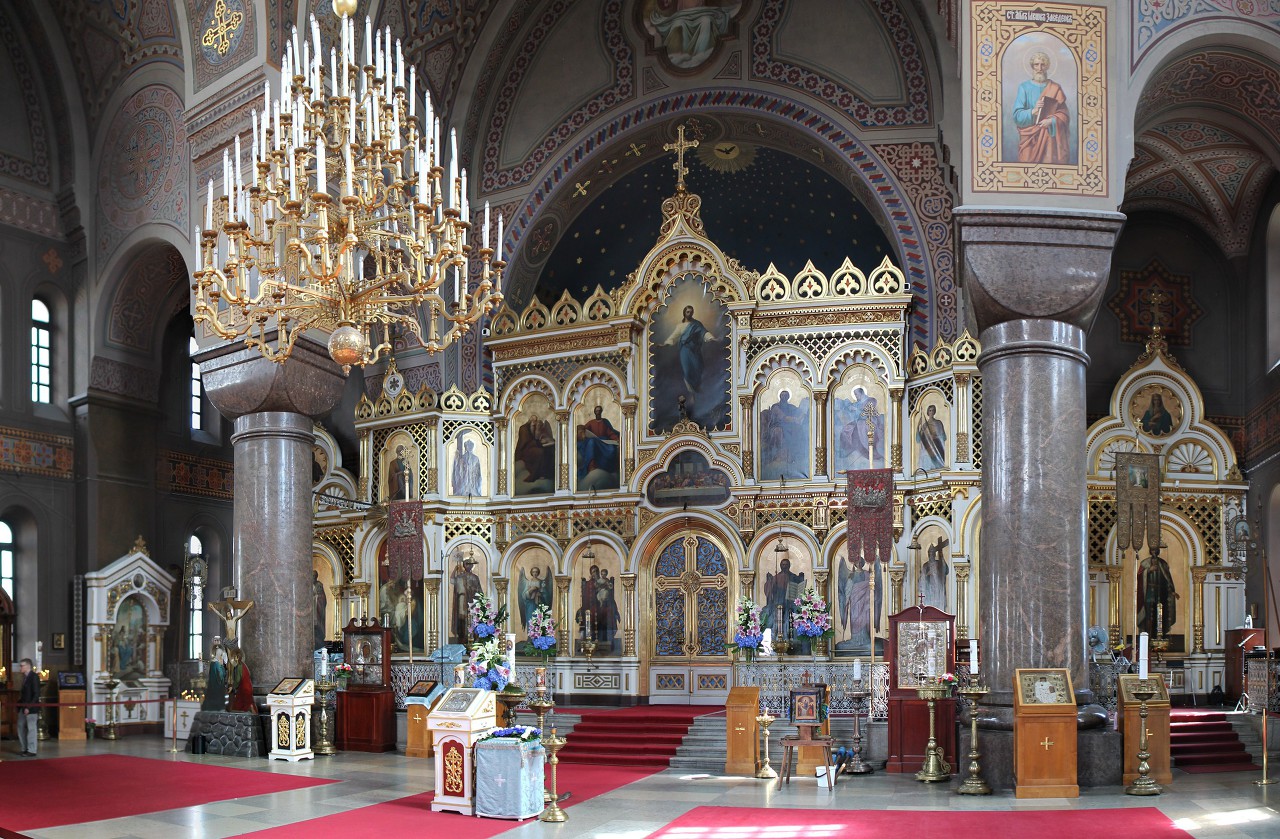
At the western tip of Katajanokka Island, on a rocky ledge, stands the
church of the Assumption of the Blessed Virgin Mary (Uspenskin,
Uspenskij-katedralen), the Cathedral of the Helsinki Diocese of the
Finnish Archdiocese of the Patriarchate of Constantinople (Finnish
Orthodox Church)...read more 
Old Customs Warehouse
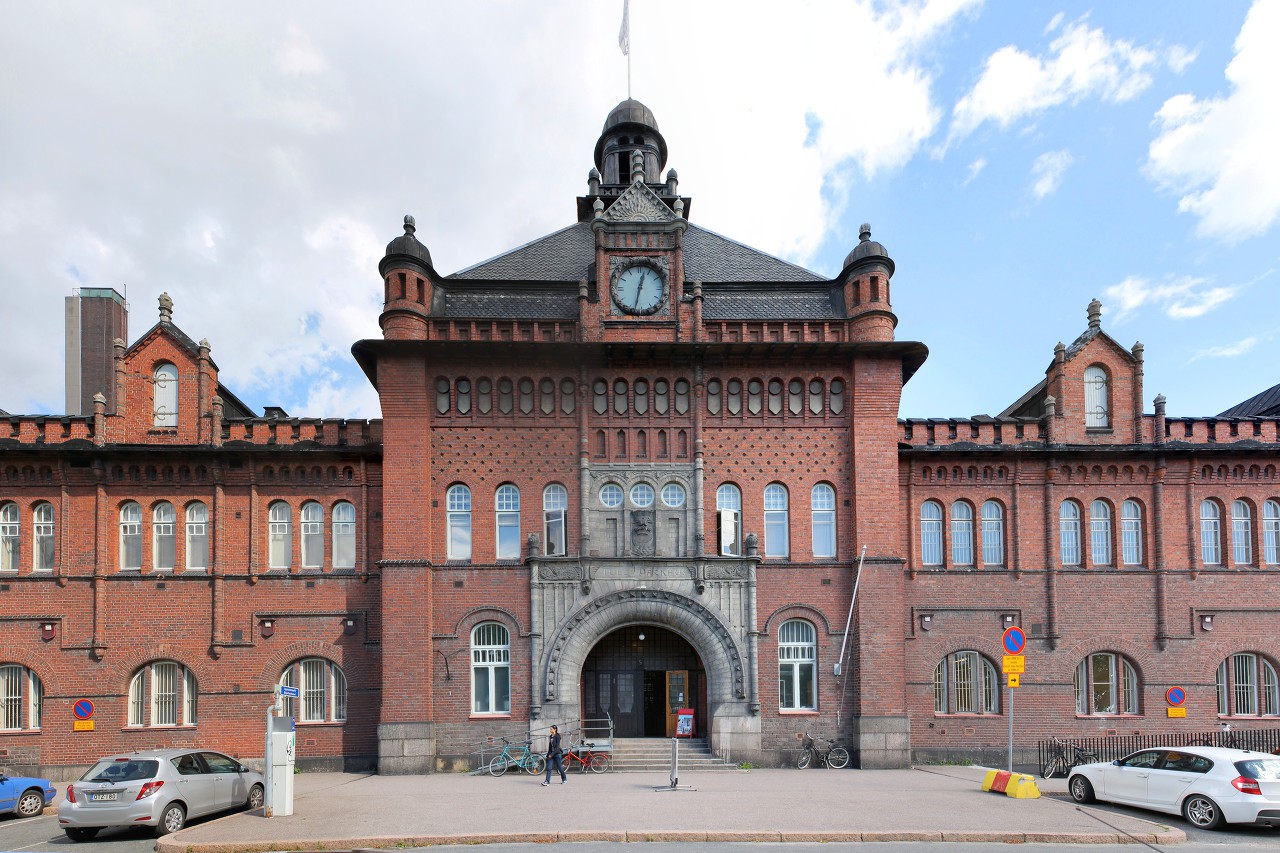
In the southern part of the island of Katayanokka there is a large red
brick building, it is a former customs warehouse (Tulli-Pakkahuone),
built in 1898-1901 near the piers of the Southern Harbor...read more 
Market Square (Kauppatori)
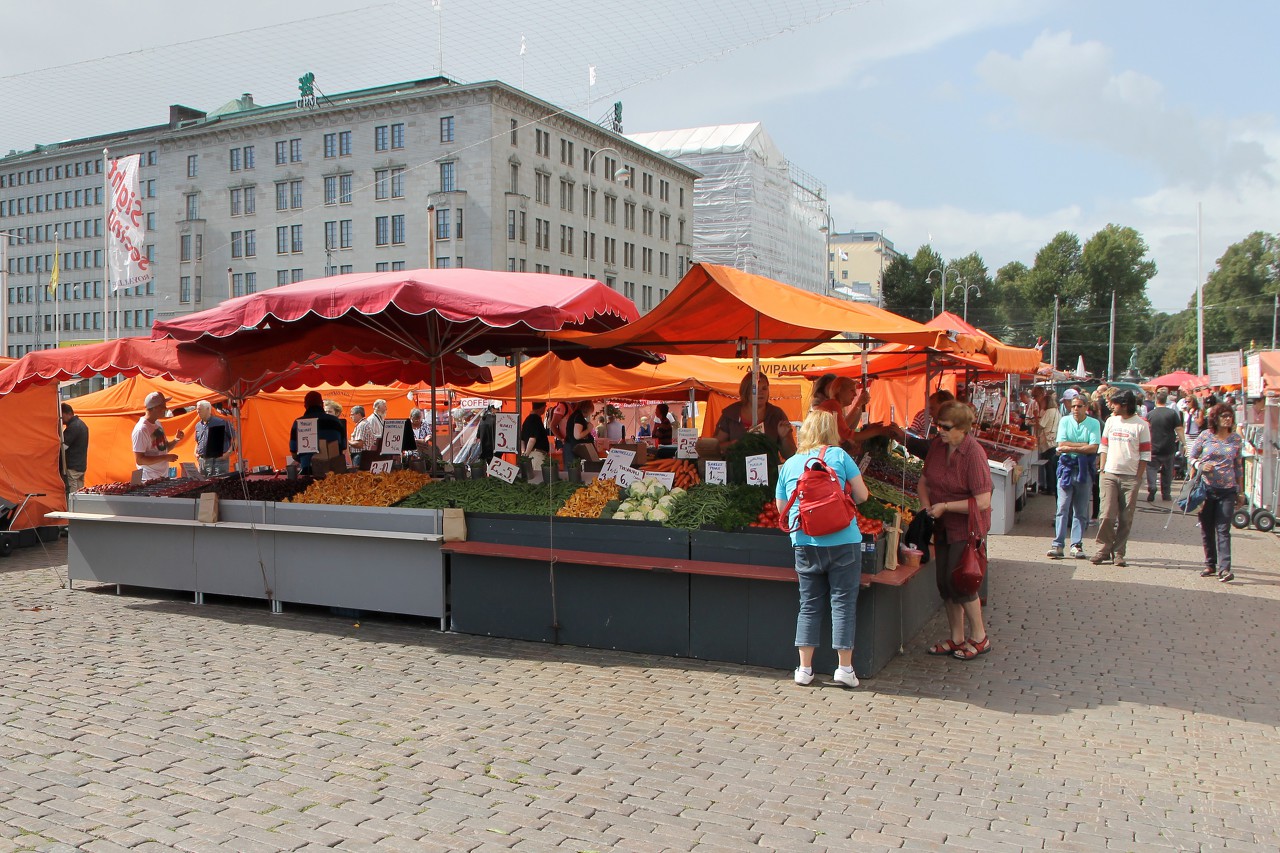
The South Harbour Promenade (Eteläsatama) stretches from Katajanokka
Island to the Esplanade Park. The depths in this part of the bay were
small, so only small boats of fishermen and farmers moored here,
bringing their products for sale...read more 
Obelisk of Empress
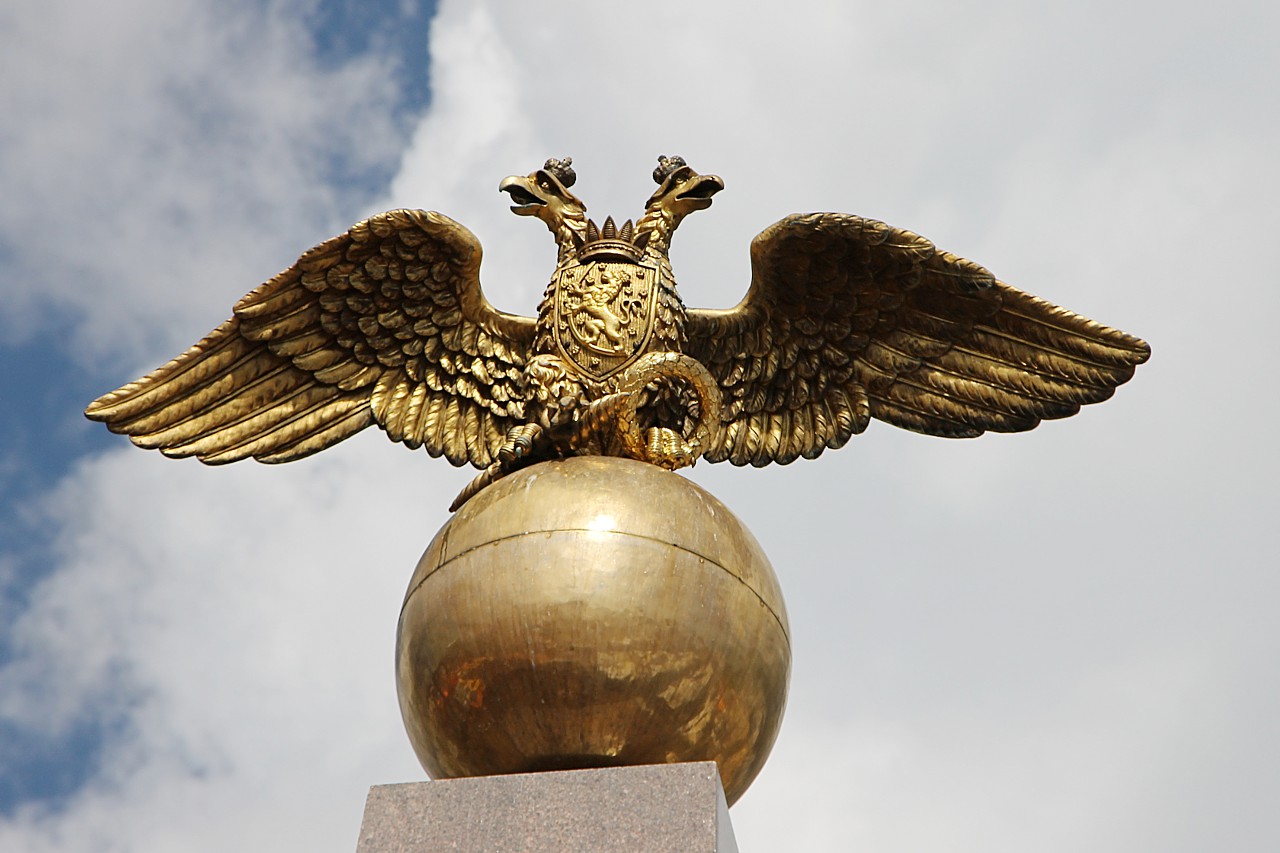
Kauppatori square is decorated with a granite monument called the
"Obelisk of the Empress" (Finnish Keisarinnankivi). On June 10, 1833,
Helsingfors was visited by the wife of the Russian Emperor Nicholas I,
Alexandra Feodorovna...read more 
Havis Amanda Fountain
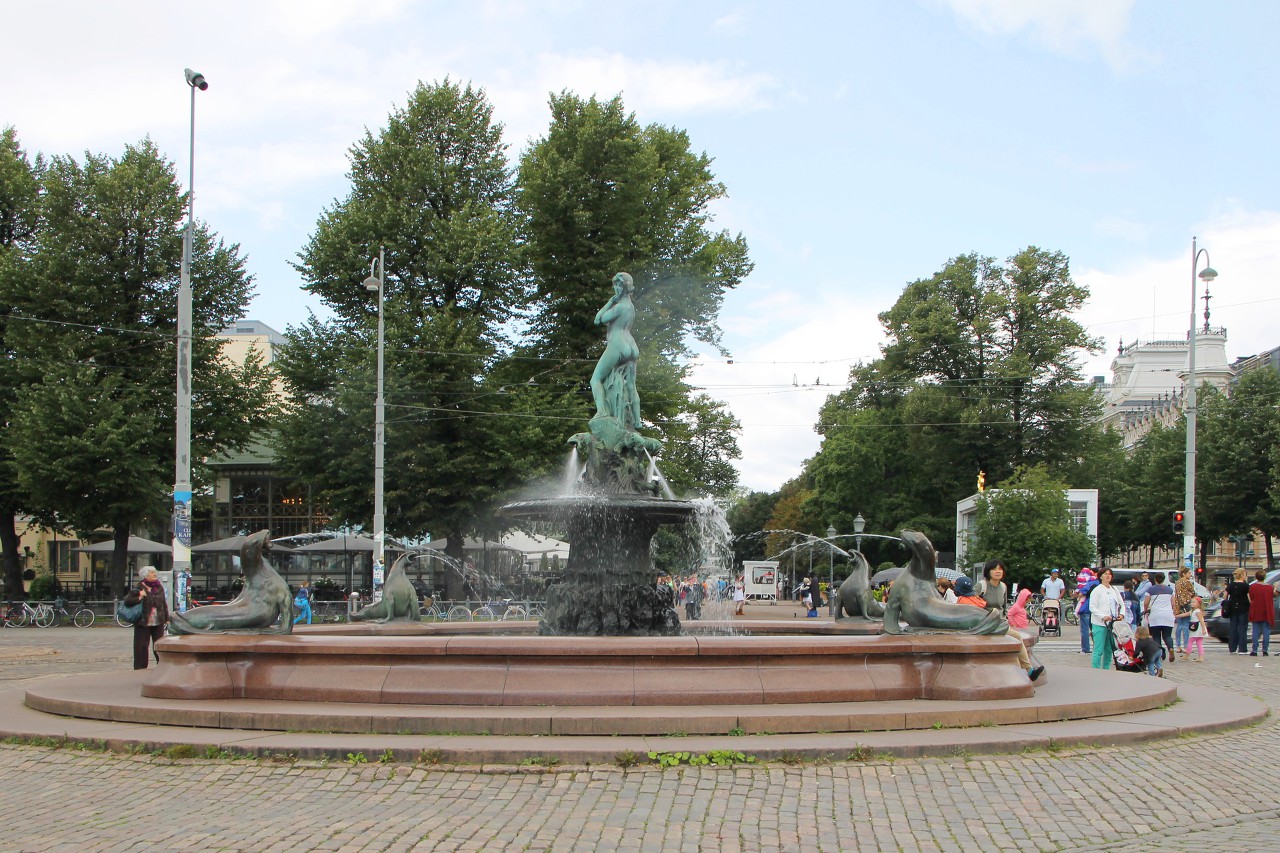
At the end of Kauppatori square in front of the Esplanade park, there is
the most famous fountain in Finland, called Havis Amanda. The proposal
to build a fountain was put forward by the city Council of Helsinki in
1904...read more 
Esplanade Park. Lime Trees and Monuments
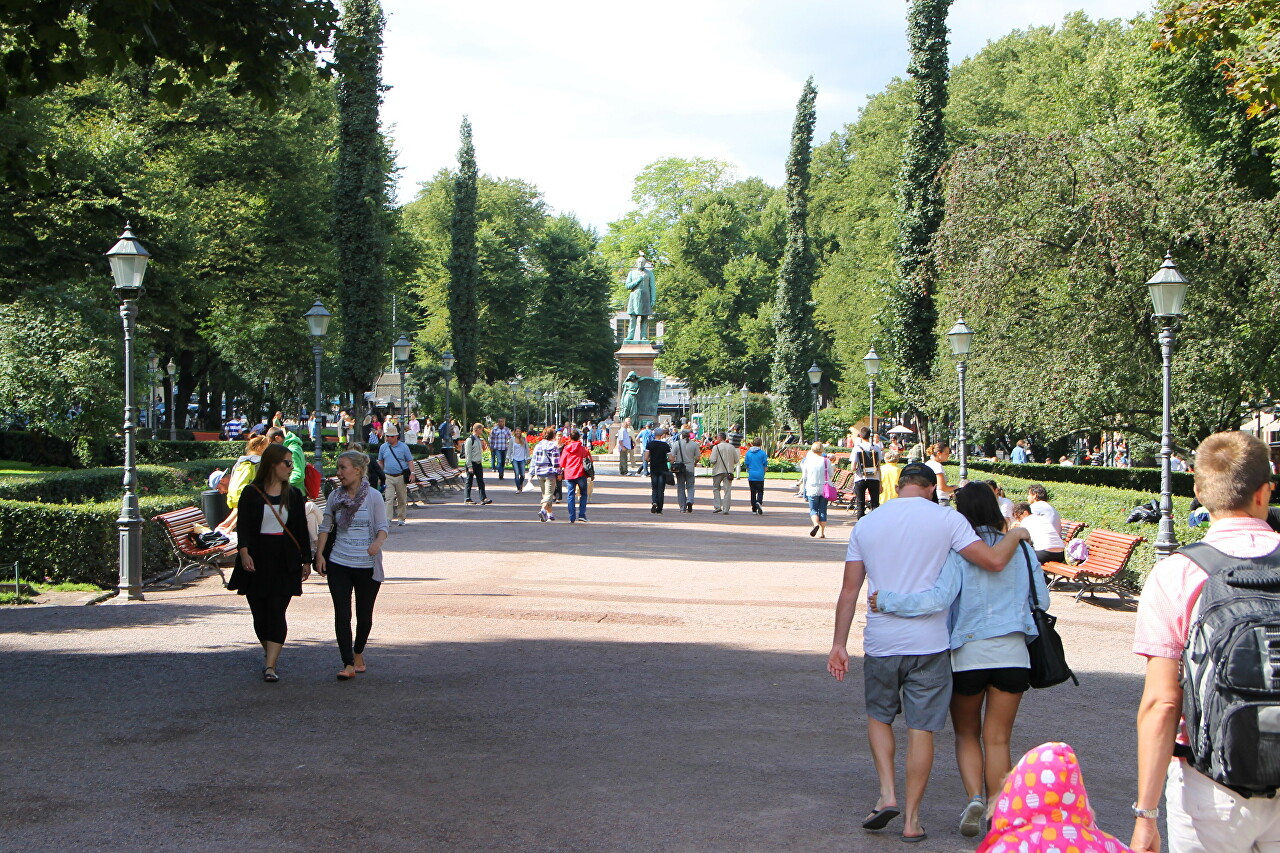
Behind the Havis Amanda fountain rises the Esplanade (Finnish Esplanadin
puisto, Swedish Esplanadparken), a French-style Park built in the
thirties of the nineteenth century by the city architect Karl Ludwig
Engel...read more 
Kapeli Restaurant, Helsinki
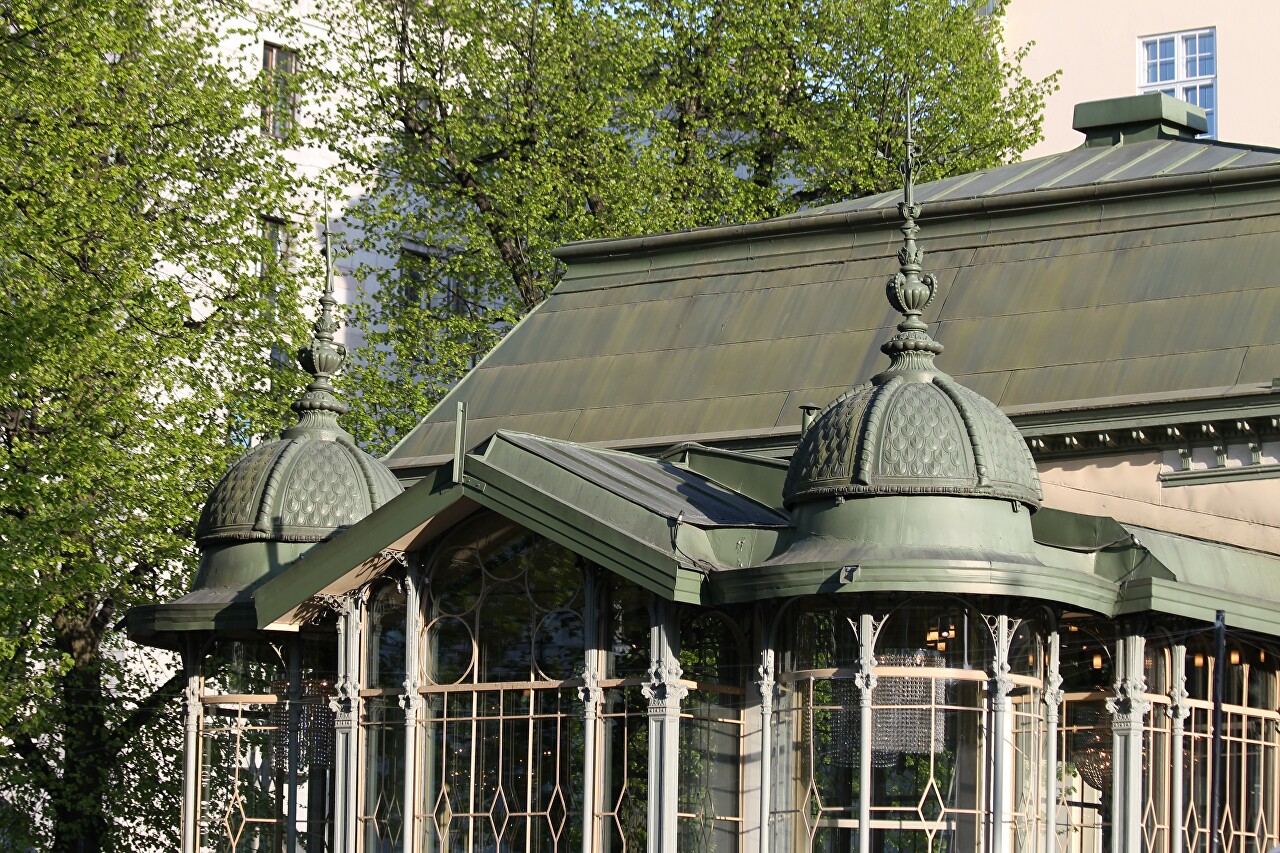
In the forties of the nineteenth century, the pastry chef Johan Daniel
Jernegrenin opened a small pavilion in the Esplanade Park to sell
lemonade and sweet pastries. The building was shaped like a small church
and quickly became known among Helsinki residents as Kapeli, which
means "Chapel" in Finnish...read more 
Esplan Lava Summer Theatre
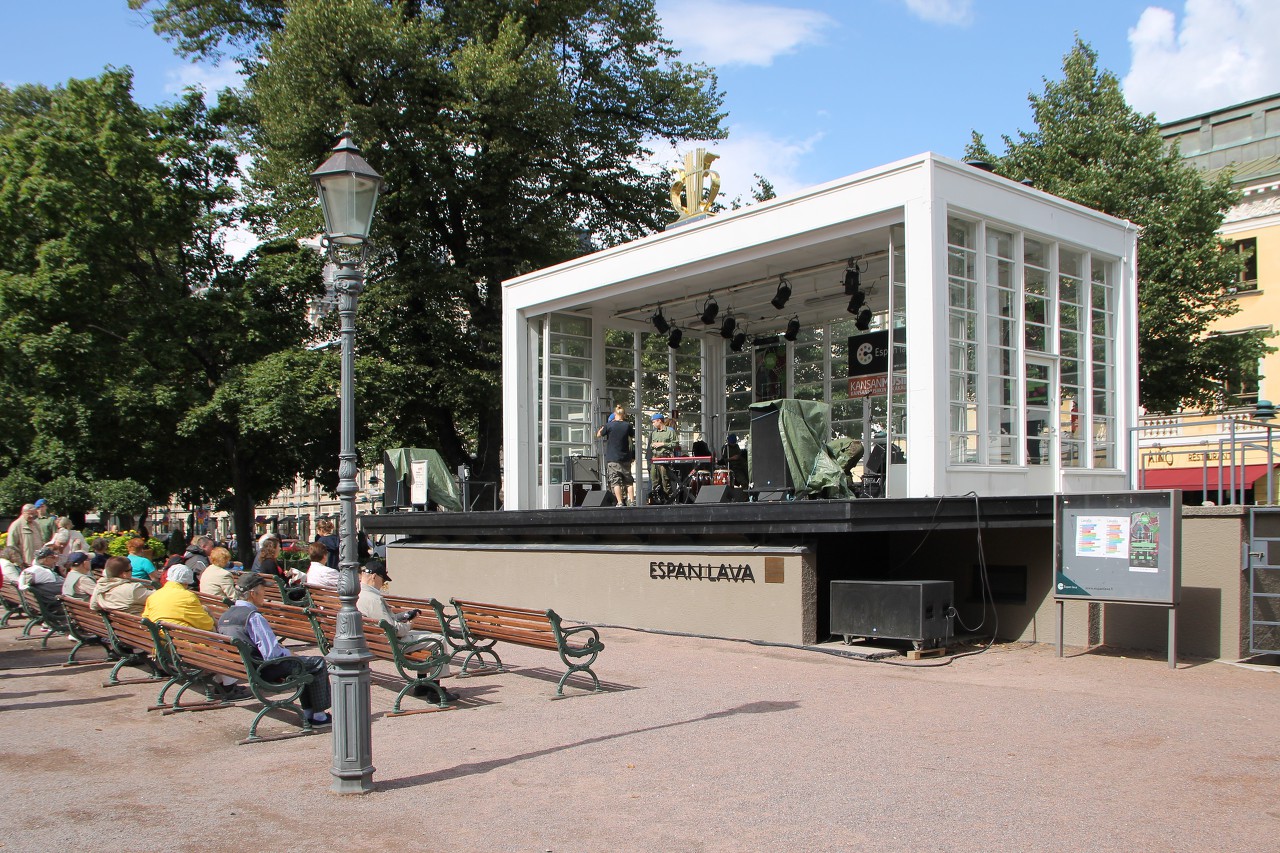
A harpsichord was played in the Kapeli Cafe, which started the musical tradition on the Esplanade. In
1887, a bandstand and seats for spectators were built in front of the
restaurant, where a military vocal ensemble under the direction of
conductor Alexey Apostol performed for more than 20 years...read more 
Esplanada. Townspeople and guests of Helsinki
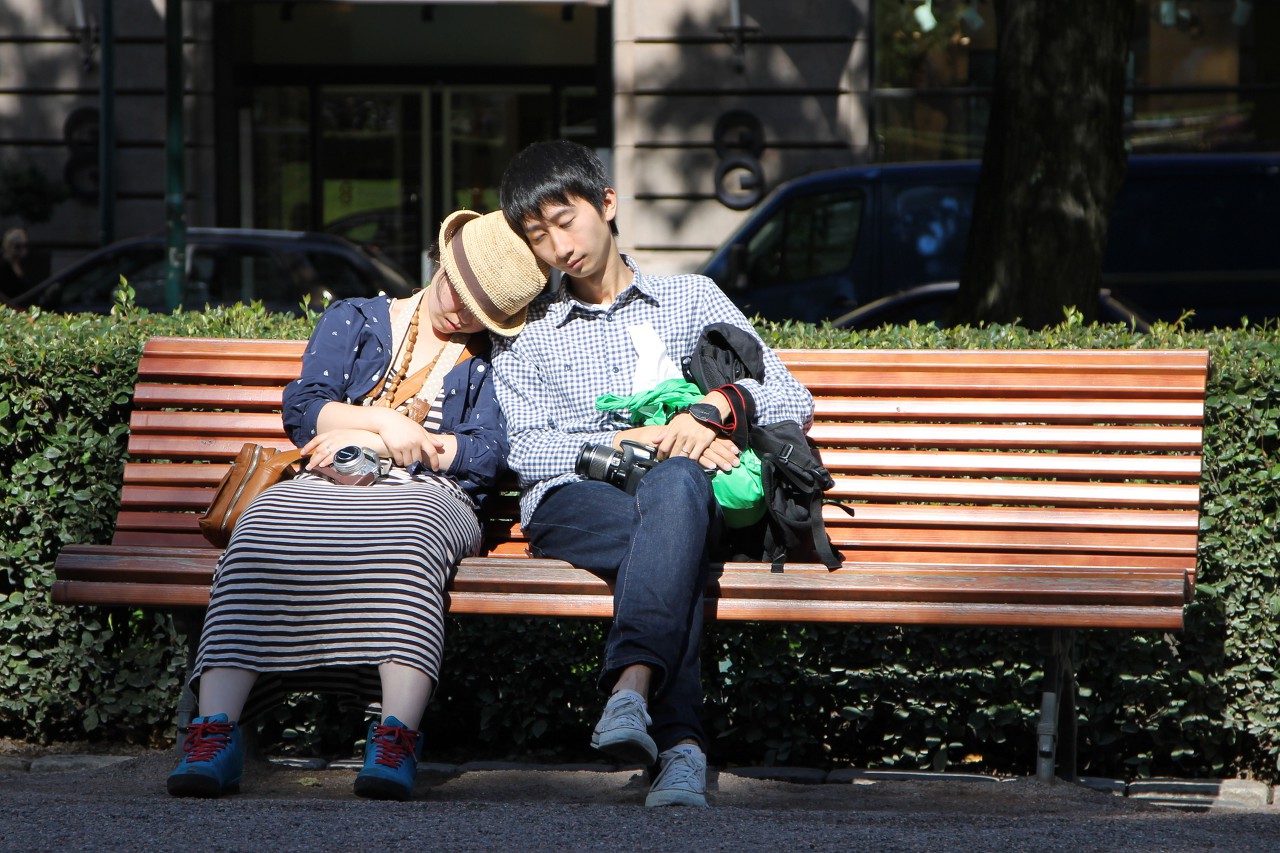
After walking under the lime trees of the Esplanade and looking at its monuments, you can sit, relax, breathe fresh air...read more 
Shopping Streets of Kluuvi
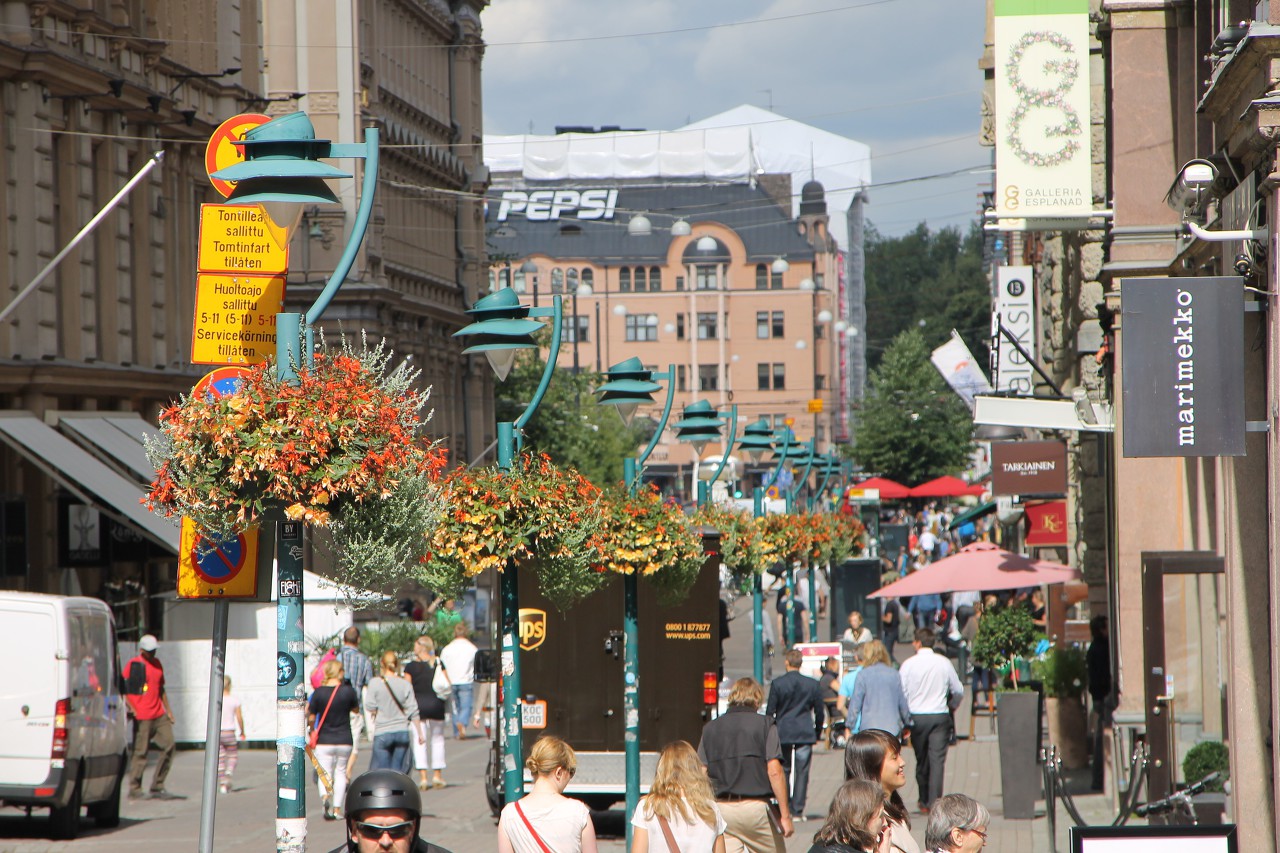
The Esplanade is bordered to the north by the Kluuvi quarter, the city's
business and shopping district. The most popular tourist shops, cafes
and restaurants are located here...read more 
Fazer's Rooster Monument
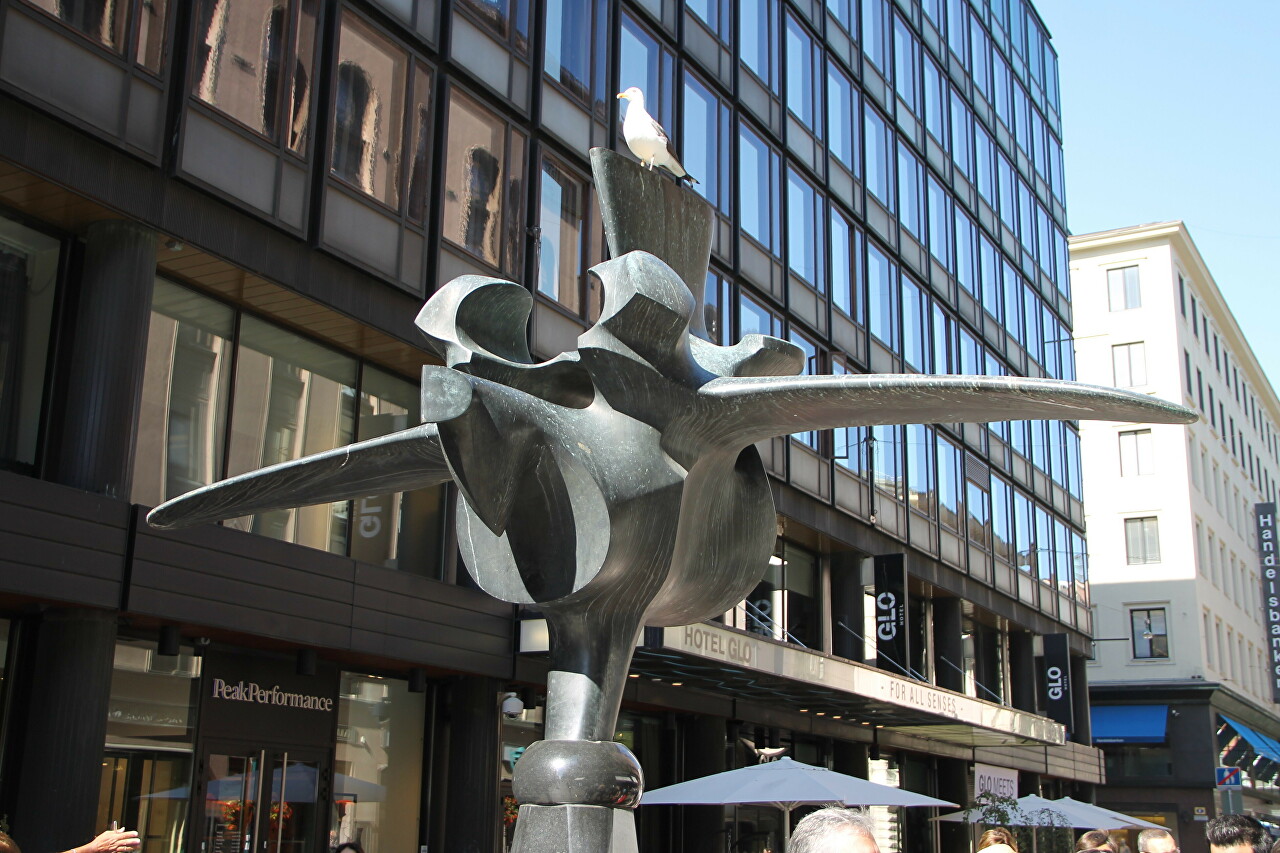
In Kluuvi, on Kluuvikatu Street, there is an original monument, which
among Helsinki residents has received the name Fazerin kukko (Fazer's
Rooster). The monument was opened in 1991 to mark the centenary of the
founding of the confectionery company FAZER & Co....read more 
Mannerheim Avenue, Southern Part
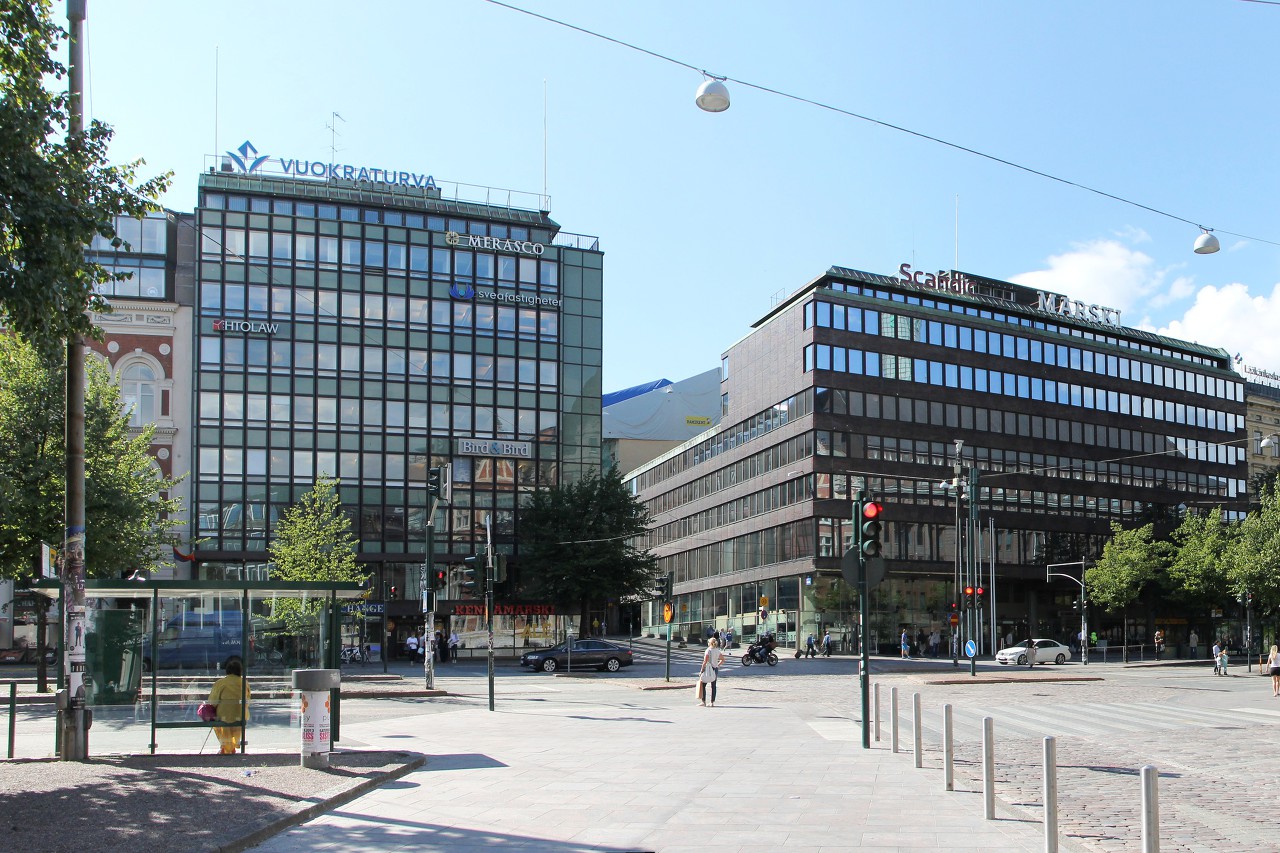
Mannerheim Avenue (Mannerheimintie) starts at the western edge of the
Esplanade Park and runs along the former old highway that connected
Helsinki with Turku. Its total length is about 6 kilometers...read more 
Helsinki Central Station and Rautatientori Square
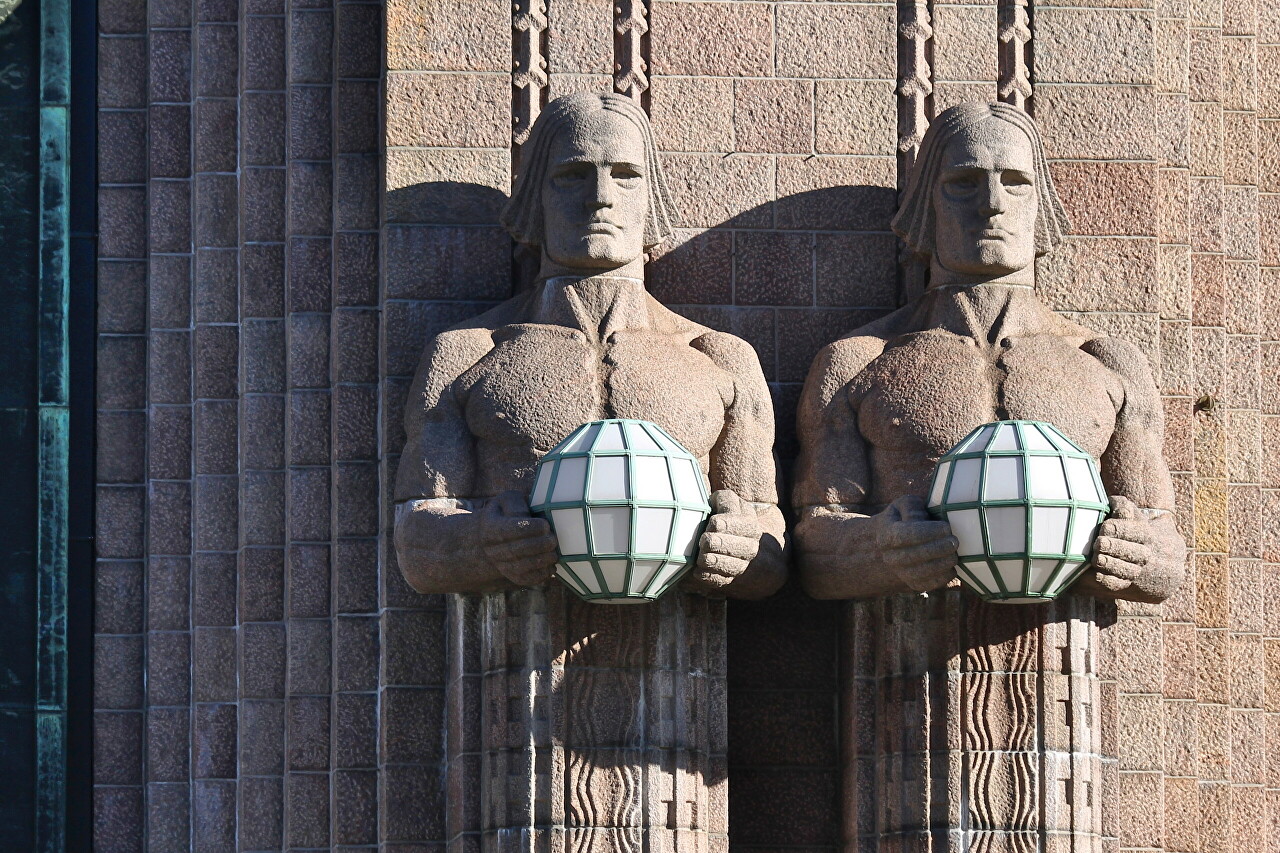
My walk through Helsinki is coming to an end. After walking along
Mannerheim Avenue, I stopped at the Makkaratalo shopping center, where I
bought food for the trip, and went out to Kaivokatu Street, to the
Central Railway Station (Helsingin päärautatieasema)...read more 
Turku Cathedral
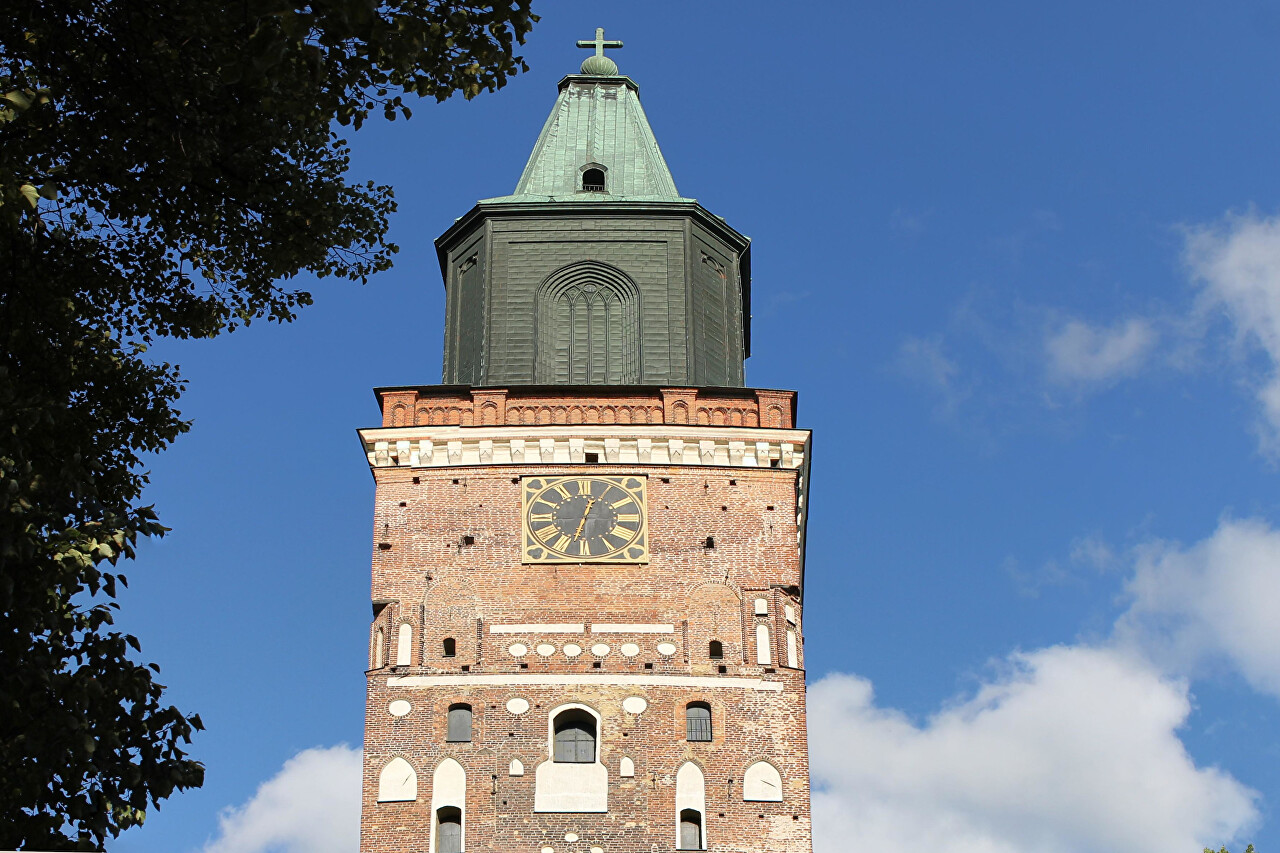
Exploring the former capital of Finland, Turku, usually begins with its
main
attraction, which is often referred to as a national shrine. The
Cathedral (Turun tuomiokirkko, Swedish. Åbo domkyrka is the main
Lutheran church in Finland, as well as one of the most important
historical buildings...read more 
Turku Cathedral Interiors
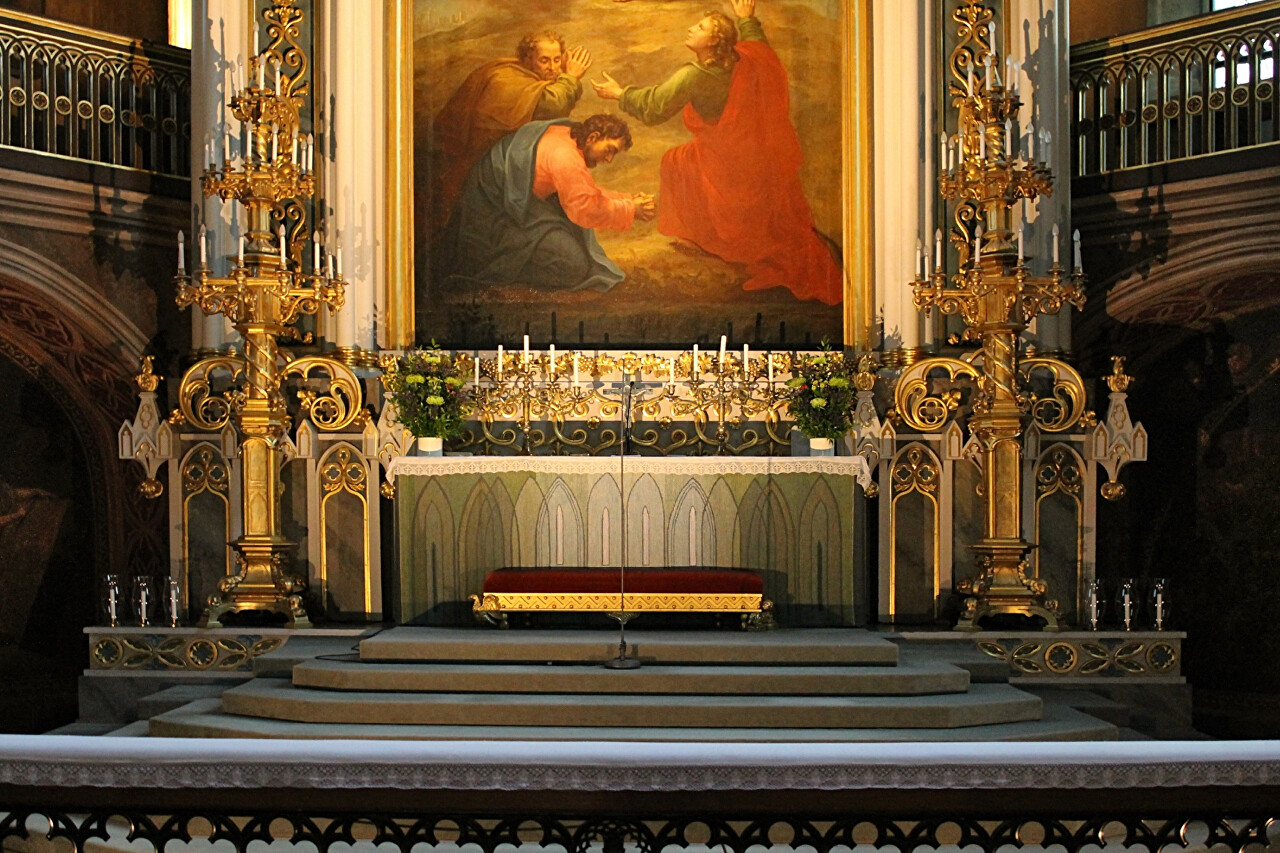
After getting acquainted with the history and architecture of the Turku Cathedral, let's look inside the church...read more 
City and Ferry terminal
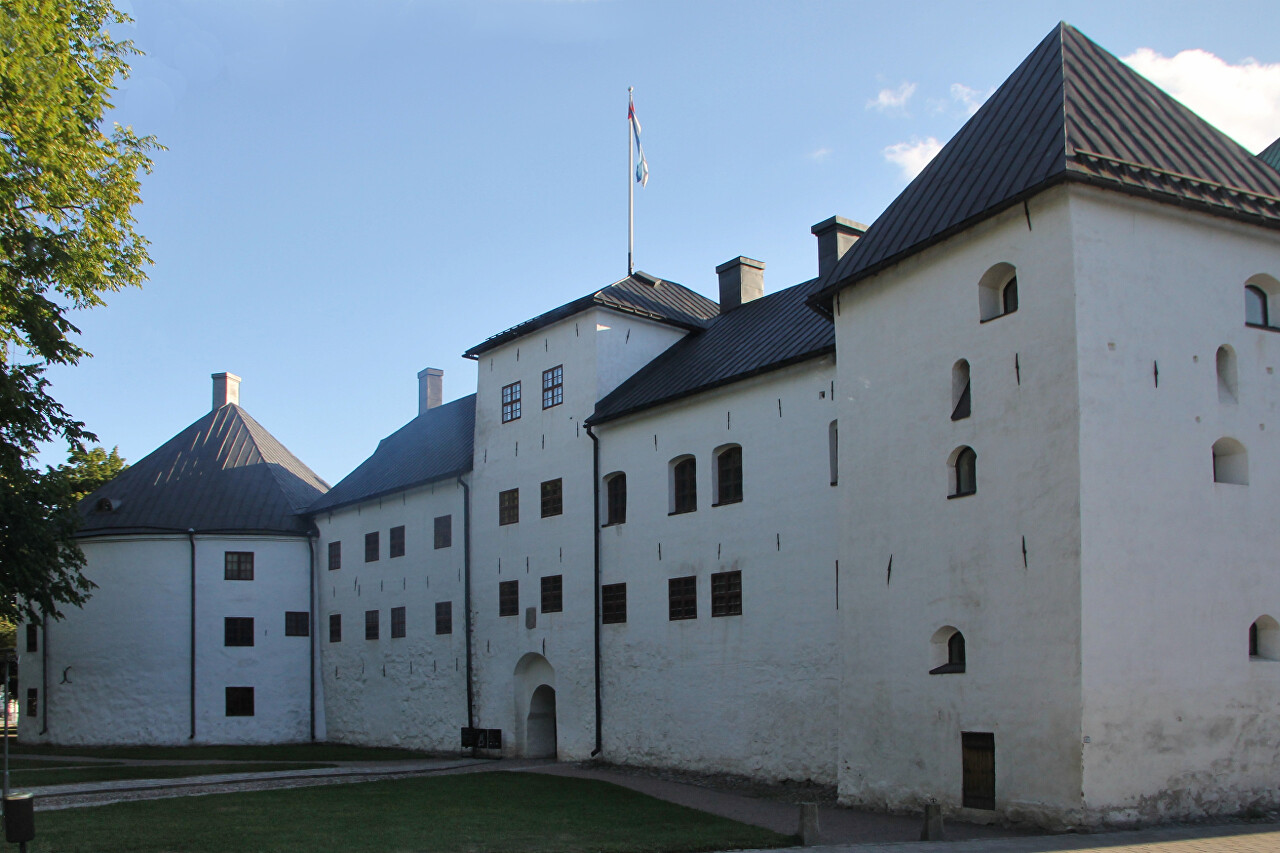
The Turku Castle. In General, the city deserves a separate visit - it is the cultural capital of Finland, unfortunately, so far it is obtained only by passing...read more 
Baltic Princess Ferry in the Skerries of Turku
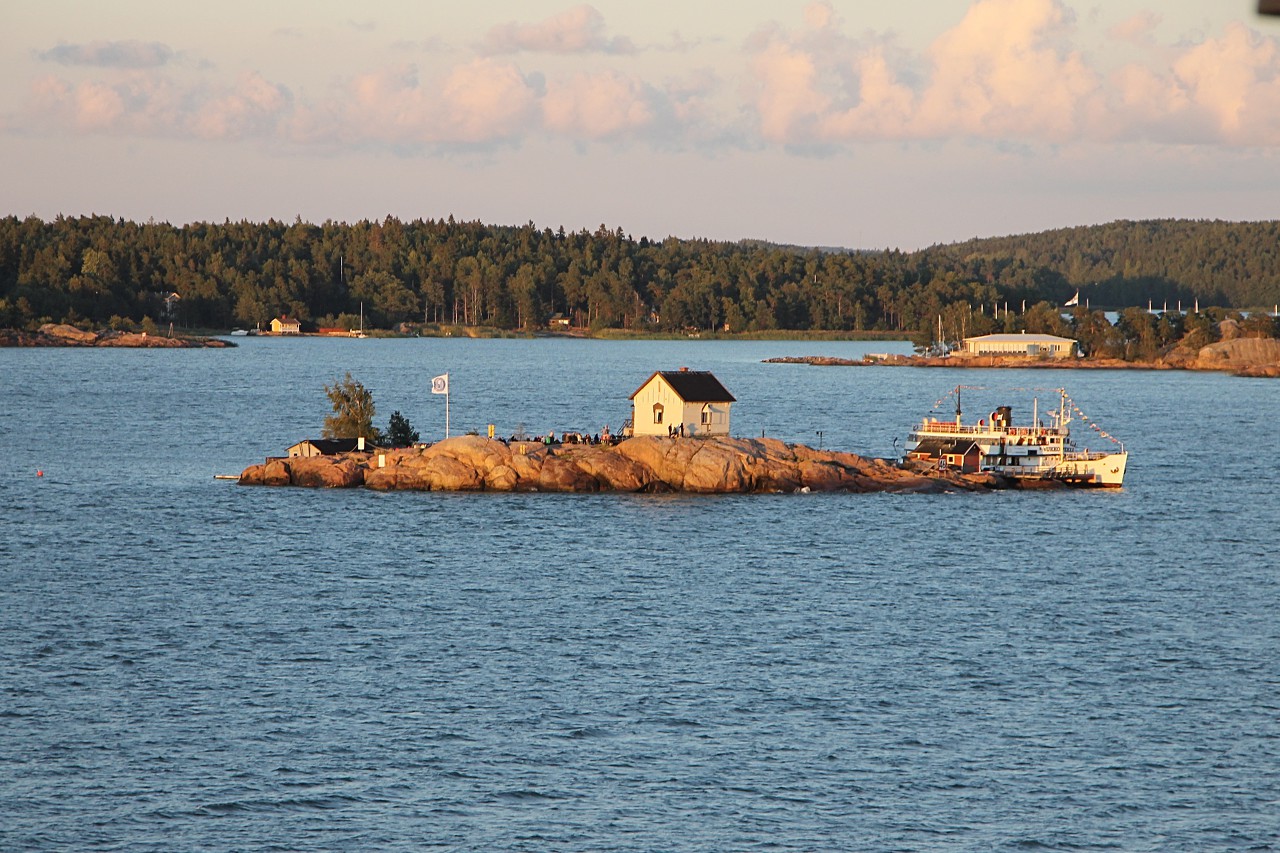
When I boarded the ferry at the port of Turku, I made my way through the
endless corridors to my cabin, where I dropped my backpack and hurried
to the upper deck. Seeing the place for walking, I immediately thought
that here you can arrange races and not at all for short distances - the
length of the ship is 212 meters, and the walking deck is not much
shorter...read more 